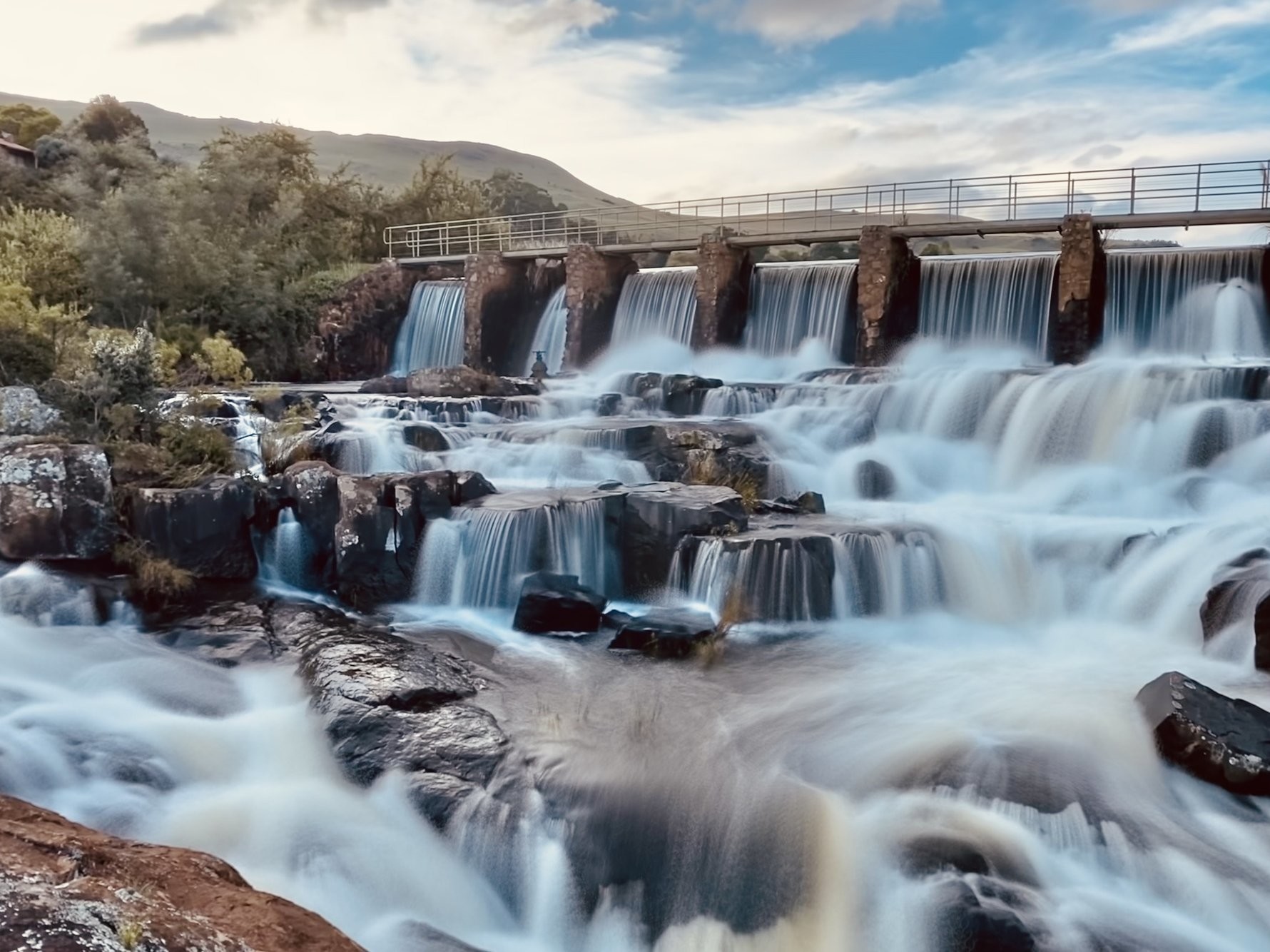Johannesburg North Attractions - Questions
Table of Contents7 Simple Techniques For Johannesburg North AttractionsA Biased View of Johannesburg North Attractions5 Easy Facts About Johannesburg North Attractions DescribedThe Only Guide to Johannesburg North AttractionsThe Main Principles Of Johannesburg North Attractions How Johannesburg North Attractions can Save You Time, Stress, and Money.
The city expanded on the edge of the Witwatersrand Main Coral reef, a below ground stratum of gold-bearing quartz-silica conglomerate that arcs for hundreds of miles underneath the Highveld - Johannesburg North attractions. Many of the gold mines in the city ceased operation in the 1970s, however in its day the Witwatersrand gold market accounted for even more than 40 percent of the globe's yearly gold production.Johannesburg has a warm environment. Summer season temperatures average about 75 F (24 C); wintertime temperatures balance concerning 55 F (13 C) and just periodically dip listed below cold. The city delights in about eight hours of sunlight each day in both wintertime and summertime. Rain standards concerning 28 inches (700 millimetres) per year, yet the total varies considerably from year to year.
What rain the city gets drops practically solely in the summertime, usually in spectacular late-afternoon electric tornados. Air contamination positions a significant problem, especially in the winter months, when thermal inversions impede the westward circulation of air from the Indian Sea. Contamination is most severe in the largely cleared up Black municipalities on the city's perimeter, where numerous residents still count on coal for gas.

Rumored Buzz on Johannesburg North Attractions
The balance of the city is occupied by whites. Accommodation varies in personality and quality.
Physical development, although somewhat limited by transport, proceeded rapidly as immigration to South Africa, and Johannesburg in certain, raised dramatically. This trouble was fixed in the 1930s when the car was presented in automation to South Africa. Automobiles were, essentially, confined to the affluent, and permitted them to relocate to the north of the city and commute into the centre.
A lot of inadequate suburbs were mixed, with poor blacks and whites living together, although the rich suburban areas were usually reserved for whites.
The estimated population of the region is 200,000, [] but the number of people staying in the central city on a casual basis is unidentified, as several are illegal immigrants. The majority of higher-income locals and white people have transferred check out here to the north residential areas and have actually been changed by lower-income black people. The unemployment, education, and age profiles of the location are all unidentified, because of the problem of acquiring trusted information about the area.
The Facts About Johannesburg North Attractions Revealed
Centred on the CBD, the region includes the suburbs of Yeoville, Bellevue, Troyeville, Jeppestown, and Berea to the eastern. To the west it infects Pageview (Johannesburg North attractions) and Fordsburg. There are little enterprise zones to the south, such as City West-Denver and Benrose. Around 800,000 commuters pass via the central city every day, and it operates as a local shopping node for site visitors from the southerly suburbs. Yeoville and Bellevue have a mix of apartment buildings and single household units on small great deals. The area is situated on a hilly divide that runs from eastern to west.

Things about Johannesburg North Attractions
The eastern suburbs are some of the oldest areas of Johannesburg, there are huge areas of Jewish and other European backgrounds, the bulk of the population is English talking. There are 3 golf programs as well as a number of secured ridges with viewsites.
Initially developed to house male migrant employees, several have actually been improved as residences for pairs and family members. The suburban area was not historically enabled to produce employment centres within the area, so almost all of its locals are travelers to other parts of the city.
The Greatest Guide To Johannesburg North Attractions
The household areas in the northern suburban areas are mostly formal, with no considerable locations of casual housing, or housing that does not have an irreversible framework. This is a well-known location, there is a trend of land use change from domestic to industrial, particularly along primary arterial roadways and around well-known nodes.
The location is well connected to road networks, specifically along the north-south axis created by the M1 and N1. Roadways to the eastern and west are less well established, as there are no freeways travelling in that direction. Towards the northern border of the city, the density of development decreases, leaving big areas of primitive land around Midrand.
8 Simple Techniques For Johannesburg North Attractions
The first suburb to the north of the central city is Parktown, which official statement is located Find Out More on a hill neglecting the internal city and Hillbrow. It has lots of affluent residents and Edwardian-design mansions, along with the Education and Clinical schools of the College of the Witwatersrand. The large concrete Charlotte Maxeke Johannesburg Academic Hospital controls the skyline of Parktown.